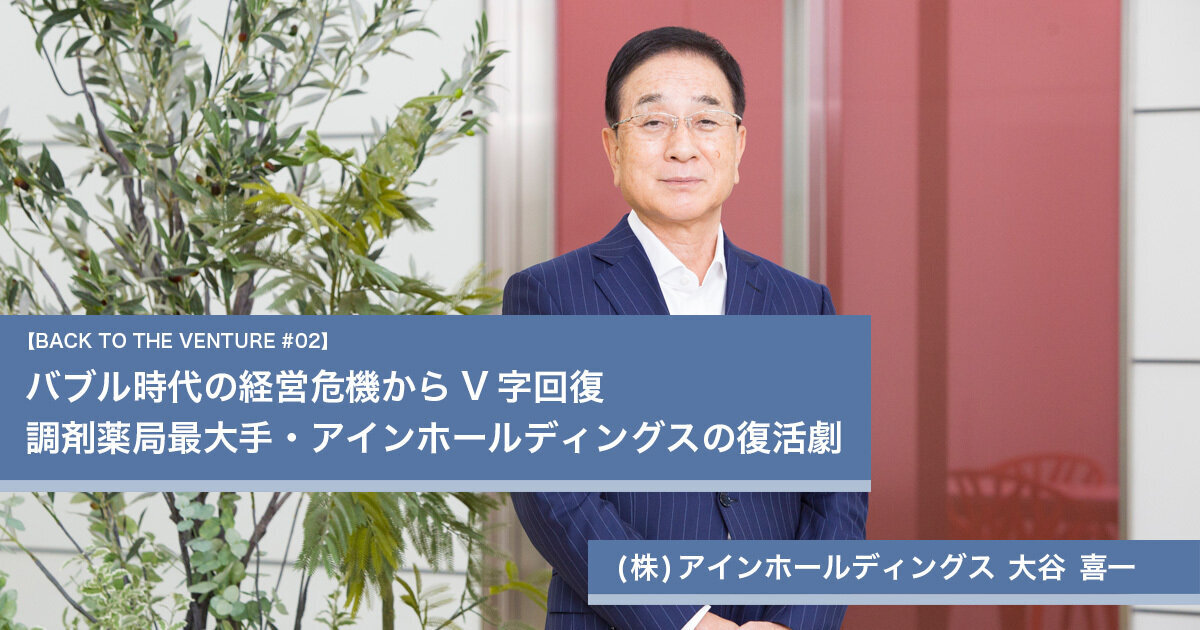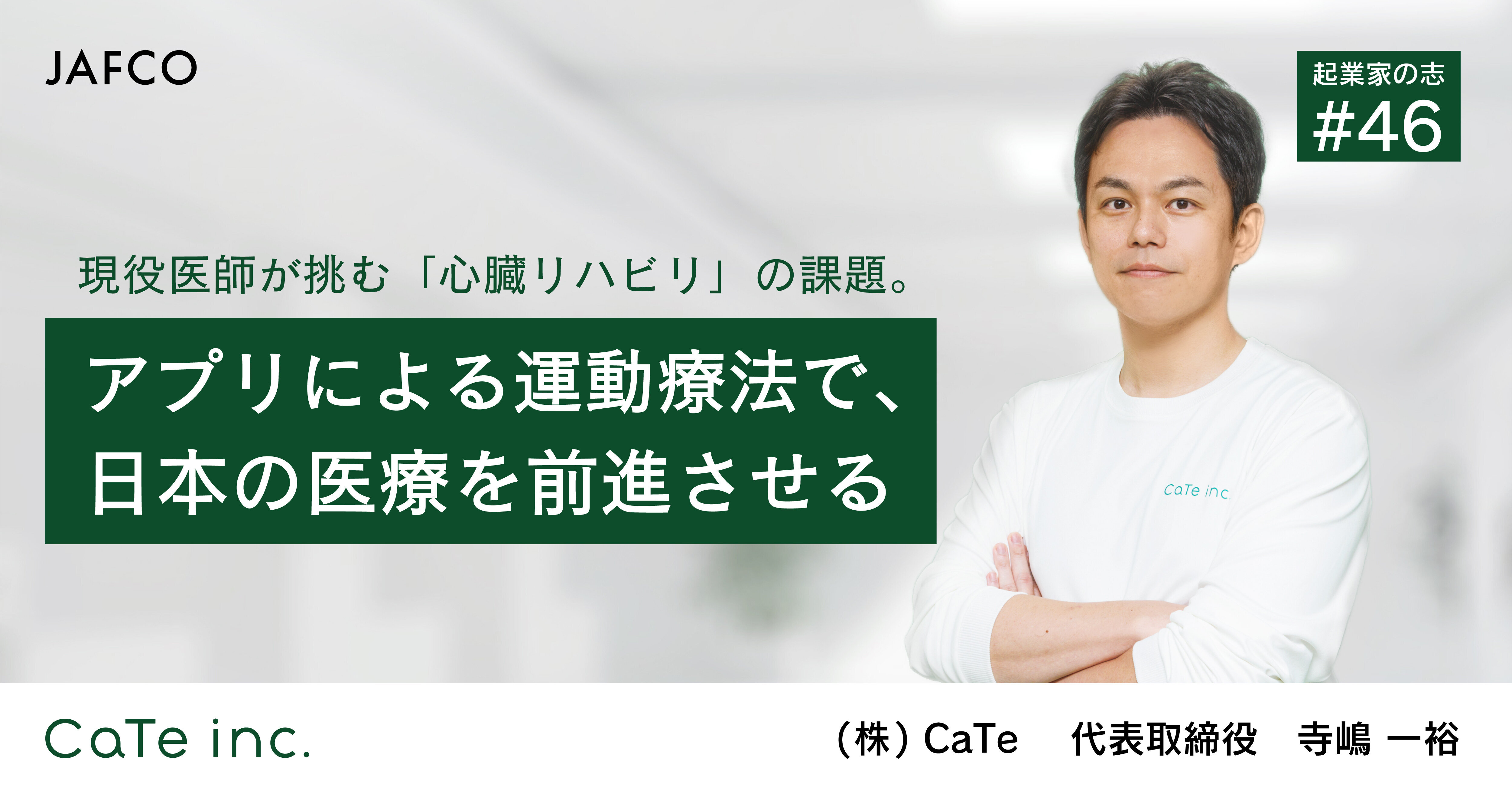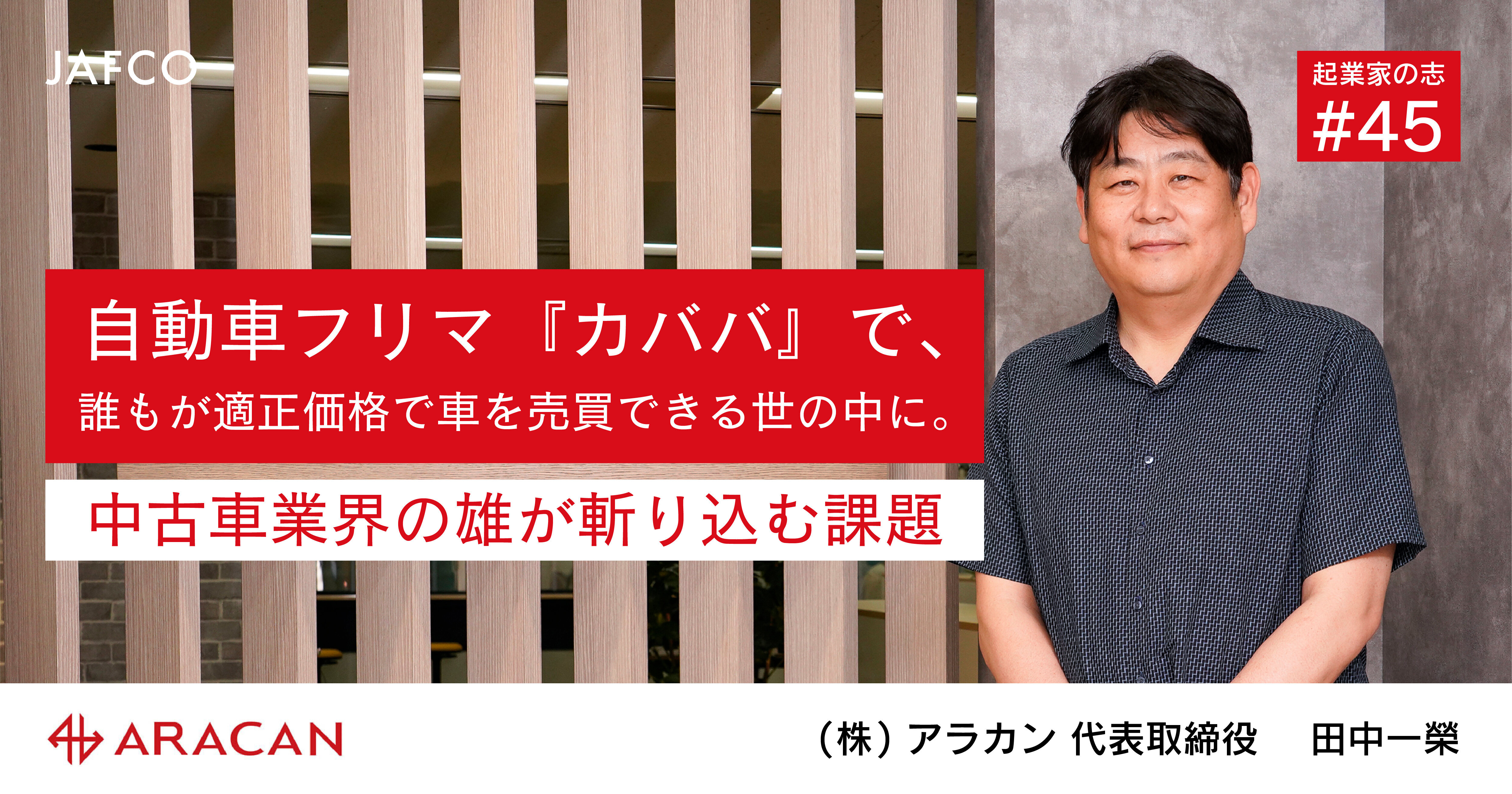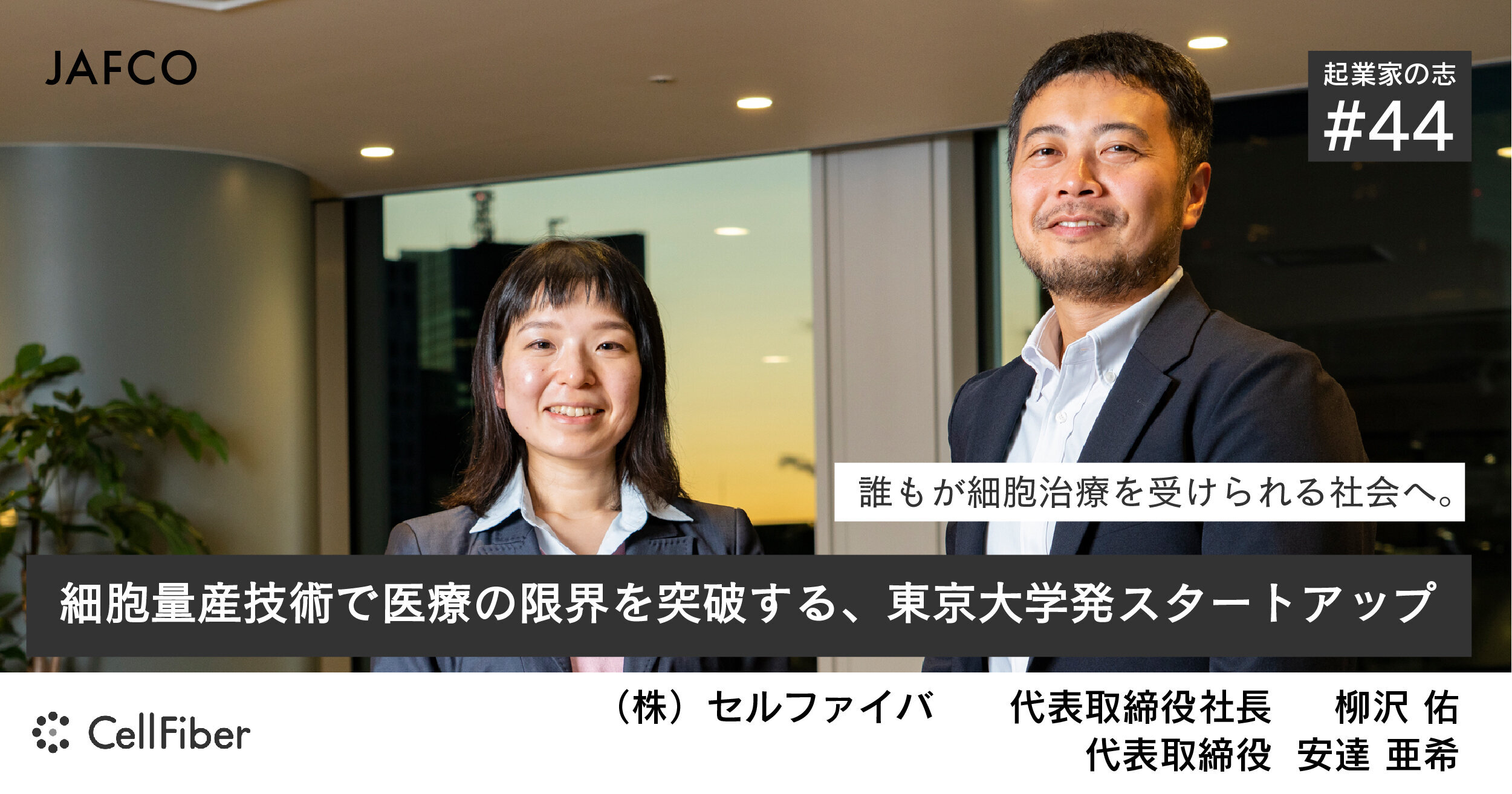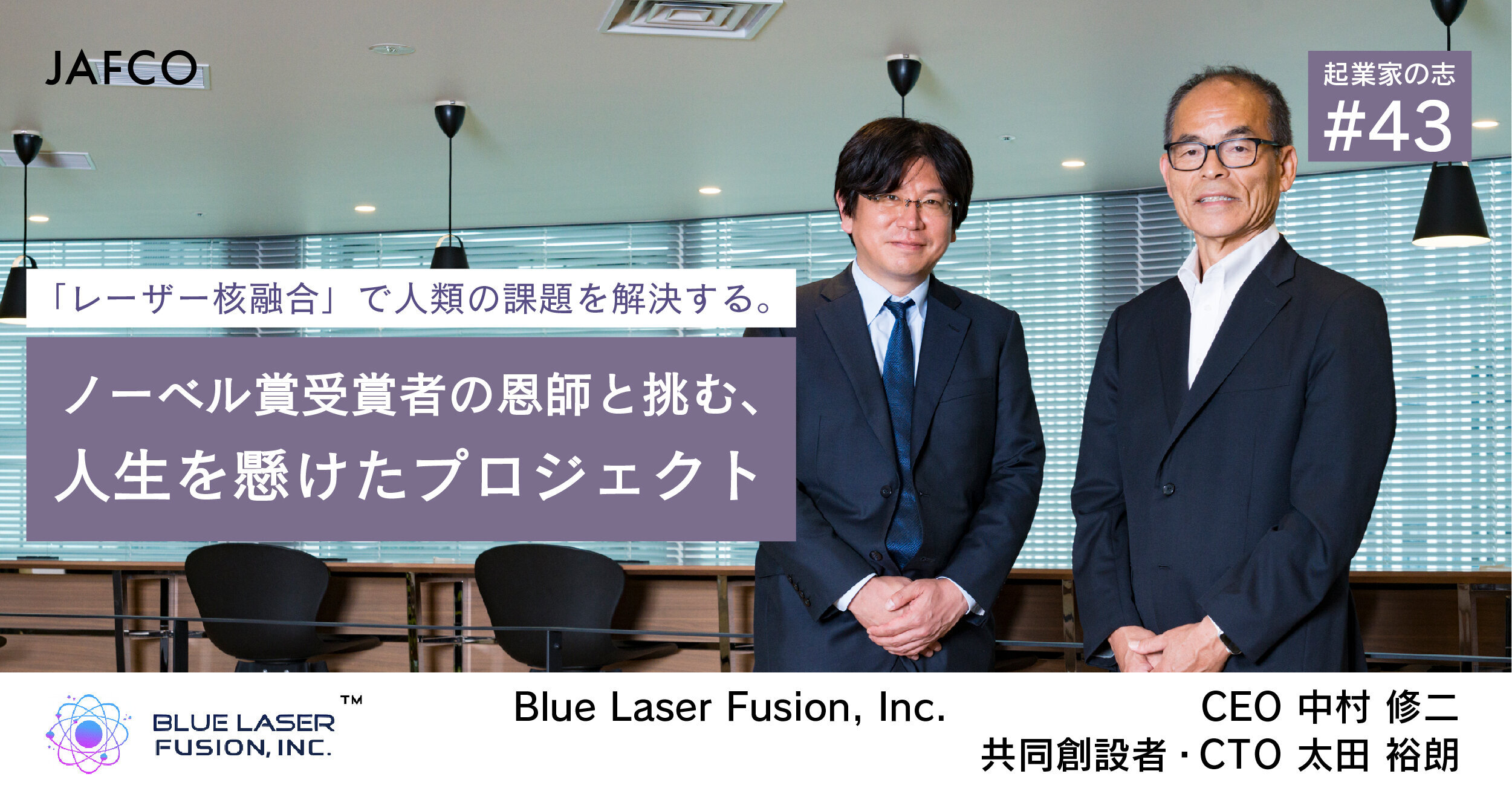"BACK TO THE VENTURE" approaches the story of the venture era of a leading company in the industry.
This time, we interviewed Mr. Kiichi Otani, President and CEO of AIN HOLDINGS INC., the largest in the dispensing pharmacy industry.
【profile】
AIN HOLDINGS INC. President and CEO Kiichi Otani
Born in Hamatombetsu, Hokkaido in 1951. After spending his childhood in Sapporo, he returned to Hamatombetsu and graduated from junior high school. After graduating from the Department of Pharmacy (at that time), Faculty of Science and Technology, Nihon University in 1976, became a pharmacist. After working at Kyorin Pharmaceutical Co., Ltd. (Tokyo), established "Otani Co., Ltd." in 1980. In 1988, became president of the First Clinical Laboratory Center (current position). 1998 Changed the company name to "Ain Pharmaciez Inc."
[What's AIN HOLDINGS INC.]
The largest dispensing pharmacy headquartered in Sapporo, Hokkaido. 1969 Established Daiichi Clinical Laboratory Center Co., Ltd. for the purpose of contract clinical testing. 1994 Dispensing pharmacy store name unified to "Ein Pharmacy". 2008 Formed a capital and business alliance with Seven & i Holdings Co., Ltd. Registered in the over-the-counter market (currently JASDAQ) in 1994. Listed on the Second Section of the Tokyo Stock Exchange in 2009 and on the First Section of the Tokyo Stock Exchange in 2010. Currently, it manages dispensing pharmacies, cosmetics & drug stores, wholesale sales of generic drugs, sales of cosmetics, etc., and plans, manages, and operates corporate groups centered on each business. Dispensing pharmacies, cosmetics & drug stores 1,151 Operates stores (as of the end of April 2020).
Portfolio
JAFCO bet on my ambition to "create the best company in Japan from Sapporo"
-The predecessor of Ein Holdings was Daiichi Clinical Laboratory Center Co., Ltd., which was established in 1969. What made you become involved in management?
The Daiichi Clinical Laboratory Center was a company that conducted contract clinical tests that my uncle ran in Sapporo. After graduating from university, I worked for a pharmaceutical manufacturer, but became independent at the age of 28. I started running a drugstore with the dream of "earning a lot and creating the biggest company in Japan", but I couldn't expect much growth. Therefore, I decided to expand the clinical testing business in Asahikawa in order to compete in the area where my uncle has been steadily increasing sales. Later, I took charge of management, and proceeded with business expansion by absorbing and merging Asahikawa's clinical testing company with the first clinical testing center, which was originally my uncle's company, as the parent company.
-When you decided to become independent, what was your "ambition" that you wanted to achieve?
I was just thinking about "listing and creating the best company in Japan from Sapporo" (laughs). Today's young entrepreneurs are looking at social issues, collecting excellent human resources and funds from the time of their founding, and moving strategically. I think again that I was young at that time.
-Funded by JAFCO in 1986. At that time, it was still rare to get funding from venture capital.
I agree. However, since I was in college, I loved seeing numbers and was studying finance. Since I was investing in stocks, after I became independent, some of my senior entrepreneurs raised funds, so I listened to them. I had some knowledge about venture capital, so I thought that "listing is the only way to expand our business." I remember visiting Hokkaido JAFCO (a joint venture between the Hokkaido Bank and JAFCO) in 1985.
-What was the most impressive thing about your encounter with JAFCO?
I wonder if the investment was decided with honesty for the third time, even though I was judged twice (laughs).
Sales at that time were about 500 million yen per year. Investing in such a local laboratory company would have been unthinkable. The business plan also almost stated the ideal theory, such as "becoming the top in the bio-business industry."
Still, I bet on my ambition. He told me a number of examples of listed companies that JAFCO's staff worked on, and encouraged me, "There is nothing that Mr. Otani can't do." I am still very grateful to the president, the person in charge, and everyone at JAFCO. Even after raising funds, he is enthusiastic about sales support, introduces various people to give me management knowledge, and sometimes takes me to an external lecture. The feeling that I created it with everyone who was involved with Ein is very strong.
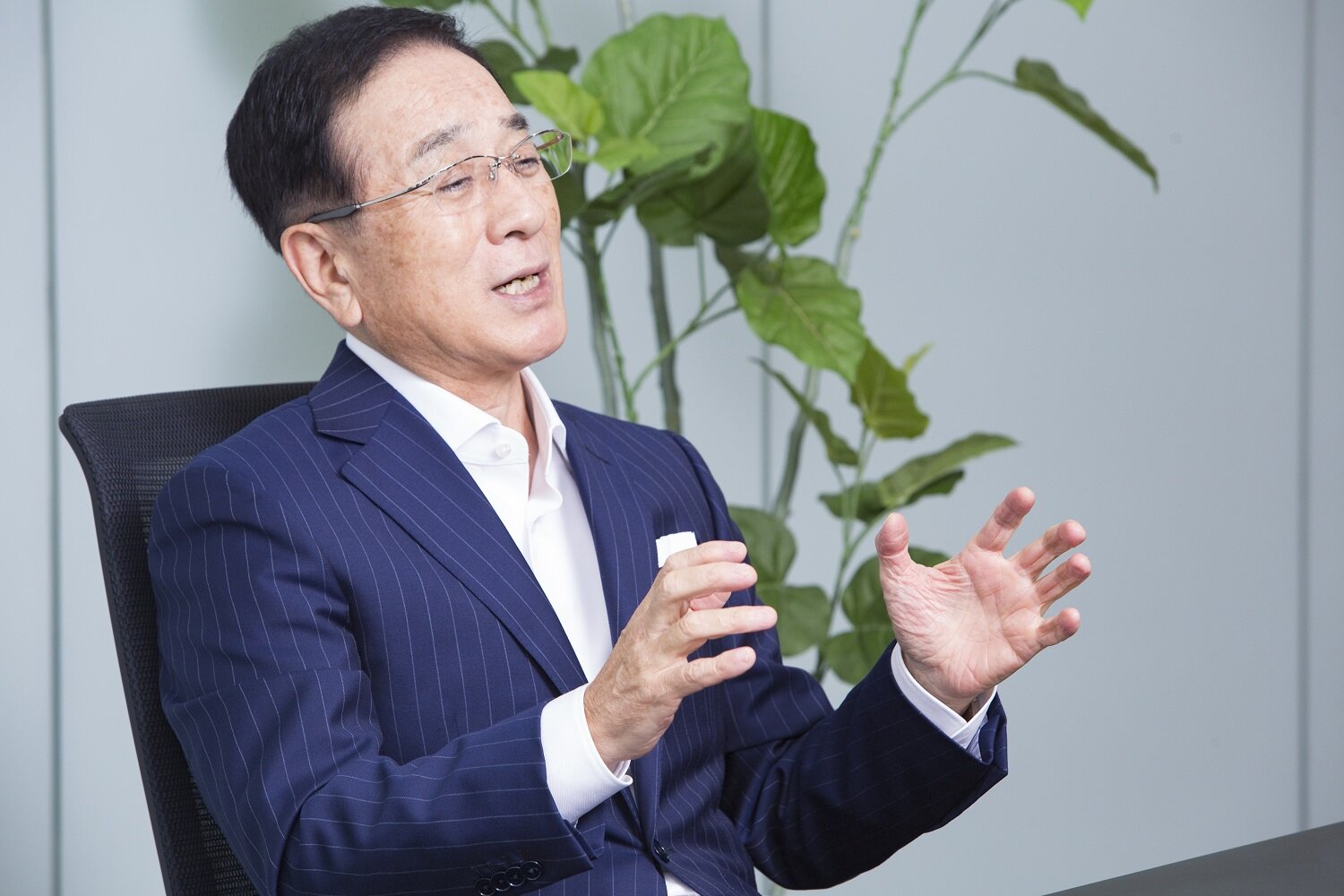
Success and failure, V-shaped recovery from business crisis
-In 1989, the drugstore business division was launched, and in 1993, the prescription insurance dispensing pharmacy "Daiichi Pharmacy" (currently Ein Pharmacy Toyooka store) was opened in Asahikawa City. It seems that it has grown steadily with the listing on JASDAQ in 1994.
By focusing on the dispensing pharmacy area, where the market was growing rapidly, one promise with Mr. JAFCO was fulfilled. However, I thought that Japan's number one dream would be another dream because I couldn't get the number one share in Hokkaido. The thought that I couldn't survive without doing something new was driving me.
That will lead to a big failure of diversifying the business to home improvement stores and home appliance mass retailers.
-What were your thoughts as an entrepreneur behind the move to diversify your business?
Dispensing pharmacies, which was Ein's growth business, is an area where social needs do not disappear. Since I am also a pharmacist, I have the advantage of being knowledgeable and able to demonstrate my strengths. But I wasn't confident that I would put all the money into it. On the other hand, there are several companies in the clinical testing industry, and the difference in sales from the top is more than 10 times. It was obvious that no matter how hard I tried, I couldn't catch up.
I had secretly thought "let's grow the company comprehensively, including the business of dispensing pharmacies" before listing, but I have pushed forward with business development that requires huge investment such as home improvement stores. It has led to a situation that threatens the survival of the company.
-I think the background of the bursting of the bubble economy had a great influence on the business crisis.
I agree. The bankruptcy of the former Hokkaido Takushoku Bank, which was the main bank (1997), was a decisive blow.
At that time, there was little money left to invest in diversification projects. I was at a loss when the bank said, "Please return the money you have loaned."
As you can see now, home improvement stores and home appliance mass retailers are businesses that I have never done, so there is no way they will work. I knew in my head that if a new business failed, it would have a tremendous impact, but I was trapped in the idea that I had to make the company bigger, and I couldn't pull back later. Even if one business couldn't be the best in Japan, he would have justified himself that he could be the best in Japan if it was a group of businesses. There are five industries, including the existing clinical testing business, dispensing pharmacy business, and drug store business, and the management strength at that time was no longer able to withstand.
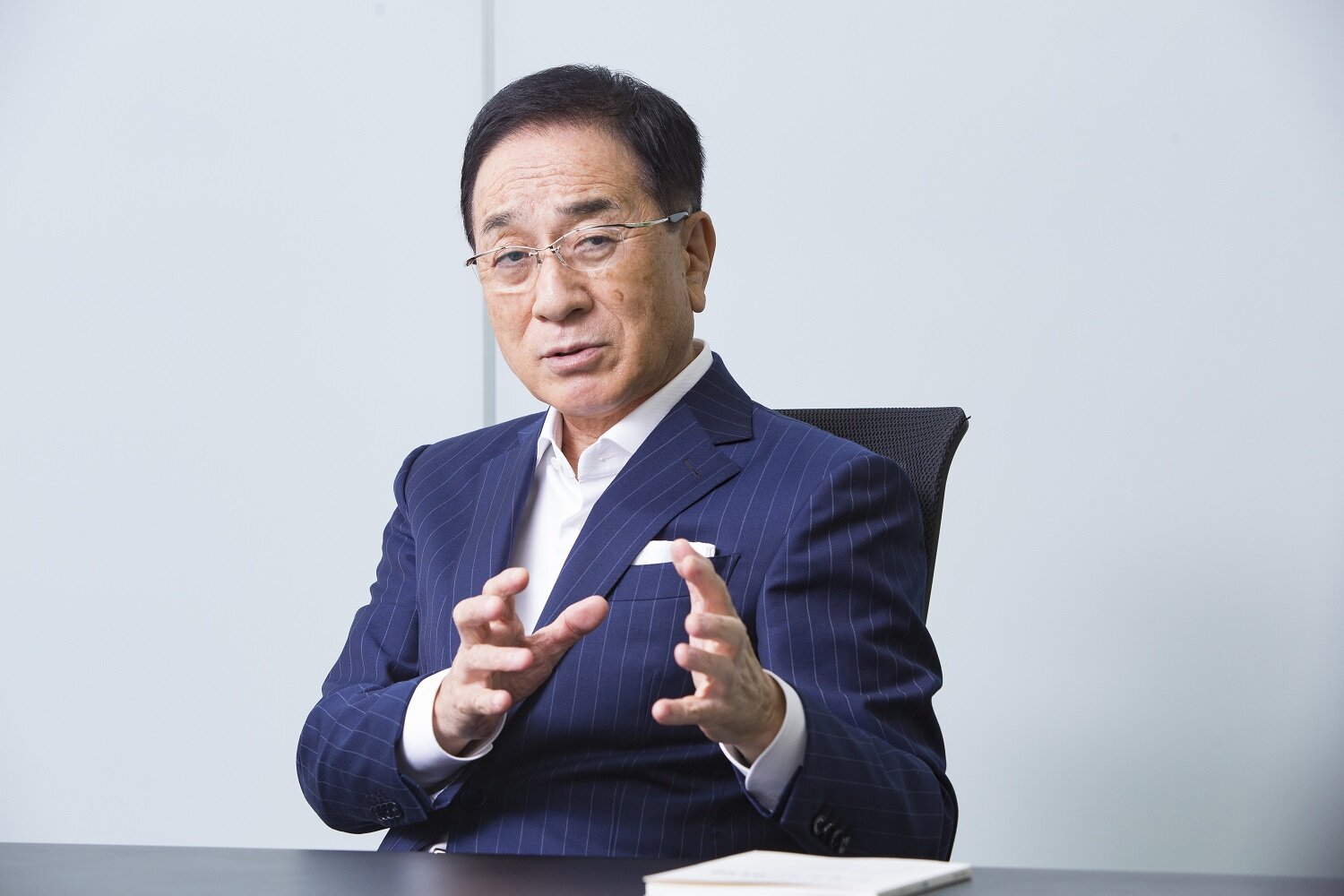
-Three years later, in 2000, we have achieved a V-shaped recovery. What changed and how did you act?
While I was mentally cornered, the turning point was the encounter with a business book called "Focus! The ultimate way to make a company that keeps making profits" (written by Al Ries). The content of any company, "Grow only by concentrating on one business and refining it," really caught my eye.
The decision was to "sell everything except the dispensing pharmacy business."
Both home improvement stores and home appliance mass retailers sold the entire product, and for those that could not be sold, we sold the clinical testing business, which had a large sales prospect, and took immediate action to stop the deficit "bleeding".
-It seems that the newspaper said that "Ain sold his main business" at that time when selling the clinical testing business.
that's right. The tone was that the company was no longer good. However, I had my own idea to focus on the dispensing pharmacy business.
Dispensing was a rapidly growing market, but at that time, the "pharmaceutical division of labor" was not progressing, and about 80 % of prescriptions were dispensed in hospitals. However, as the aging of the population accelerates, it is clear that the country will pursue policies to curb medical expenses. I was convinced that the "pharmaceutical division of labor" would be promoted, in which hospitals are run by medical treatment and prescriptions are sent to pharmacies.
I was thinking 24 hours a day, 365 days a year, "Which business can Ein revive?" I was really lucky to be able to keep an eye on the trends in the dispensing pharmacy market and enter the market. The national policy of "pharmaceutical division of labor" promoted market growth and led to a revival from 2000.
Admit failure and switch to next action immediately
-How do you make use of your experience of overcoming the business crisis?
Having experienced the bursting of the bubble, the sense of crisis that "the world does not know when and what will happen" has taken root, leading to a drastic review of the financial system.
I have been operating virtually debt-free for 20 years, but I think that "creating a financial system that can support employees in perfect condition even if sales continue for months" is a preparation for an unexpected situation. I am. Awareness of stable construction of a profitable business model will be based on past failures.
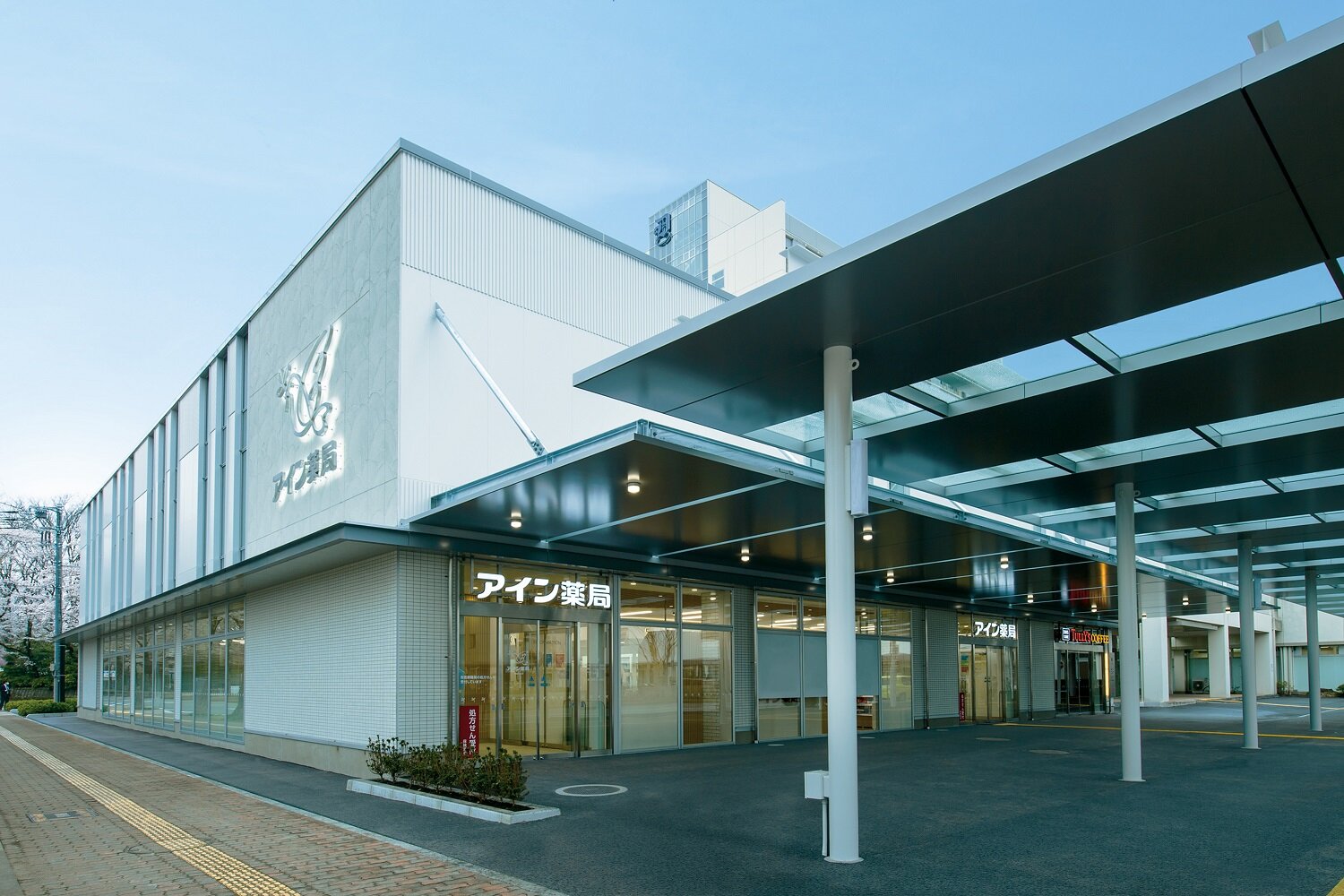
Ain Pharmacy Dokkyo Med Univ. (Appearance)
-In the latter half of the 1990s, you read the flow of "pharmaceutical division of labor" and always look at the society one step ahead. How will the environment surrounding medical and dispensing pharmacies change in the future, and how will you respond?
Currently, we dispensing pharmacies are required to enhance their functions such as demonstrating family functions and participating in home medical care.
The market demanded by the country and society is sure to grow, and matching that need is the key to business success. We are one of the first to work on how we can deal with drug delivery.
-thank you. Finally, do you have a message for entrepreneurs who are aiming to expand their business?
Why can I still be a business owner, even though I've been crushing many times?
I think one is because I admitted my failure, apologized to my employees for my misjudgment, and immediately switched to the next action. If you were reluctant to take responsibility, "let's do the next business, let's do that," no one will come. I value the determination that everything is my responsibility.
Secondly, this business was a safety net in society and was indispensable. I chose a good business. I am very lucky that my starting point as a pharmacist is connected. Even during the Lehman shock, the Great East Japan Earthquake, and the corona disaster this time, the pharmacies continued to operate, although their profitability declined.
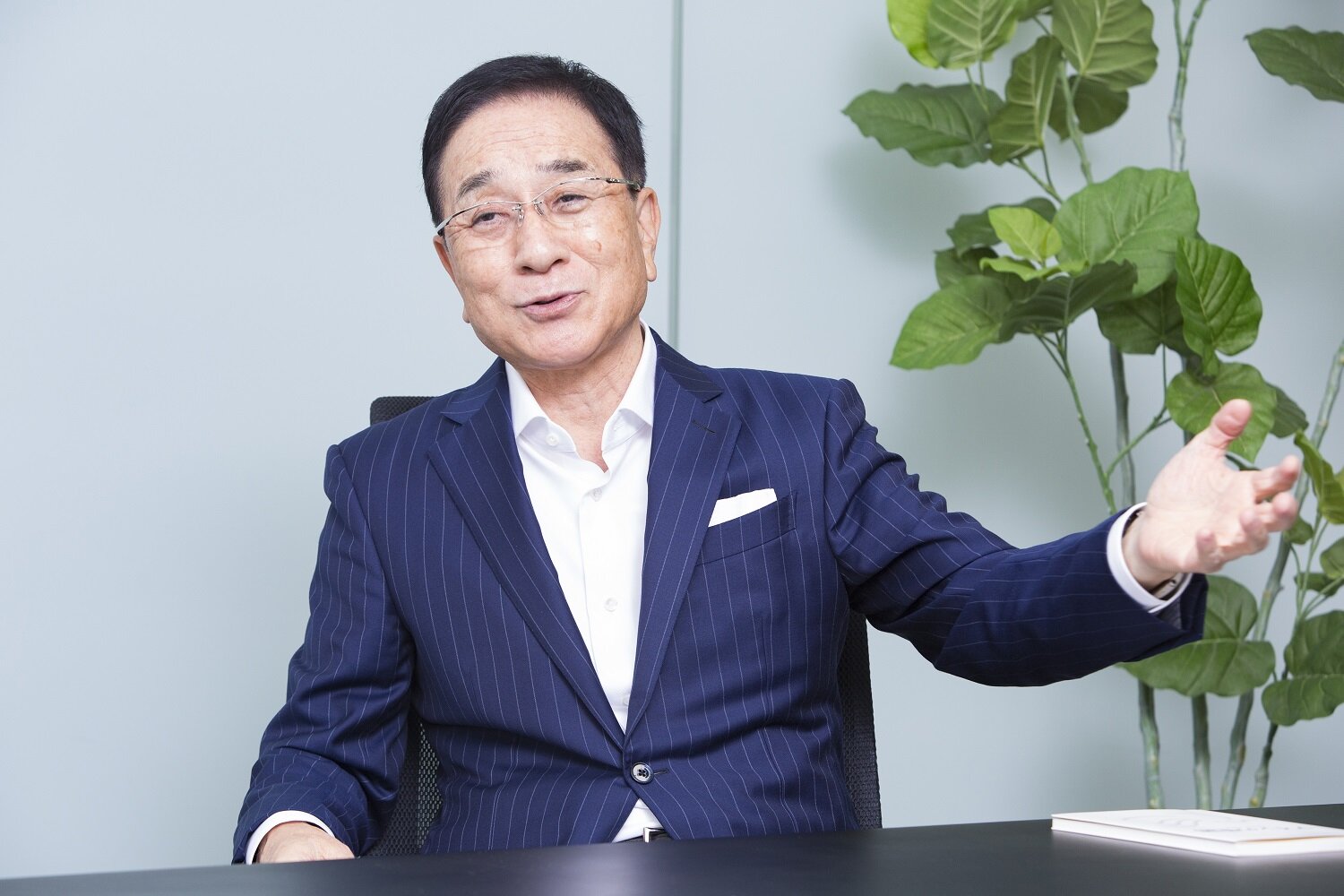
In business, things that society doesn't need are always ruined. I think it is essential for entrepreneurs to have the values of what they are doing, whether they are required, accepted, or appreciated by society.
Many young entrepreneurs today are smart with a strong desire to contribute to society and deep knowledge of management. When I started my business, there were only naughty people with only momentum and ambition. I think I have much to learn from you, so I would like to keep my mind open and absorb new information.

